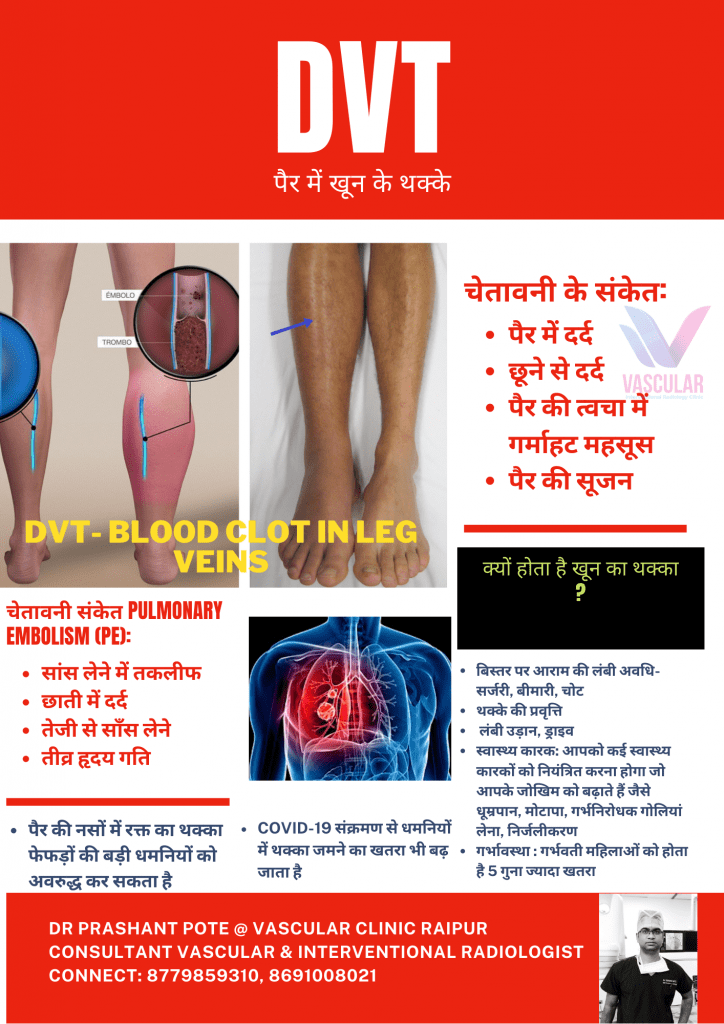We are using one of the most advanced treatment in the management of acute deep vein thrombosis is Catheter Directed Pharmaco-Mechanical mechanical thrombolysis and thrombus aspiration with or without adjuvant use of IVC filter. In this treatment thrombus in the deep veins of the leg and abdomen are broken into smaller pieces with the help of catheter and wire as well as thrombolysis drug (also called as clot busters) and then aspirated through catheter to clear the veins. Dr. Prashant Pote and his vascular team is expert in managing these patients with efficiency and compassion.
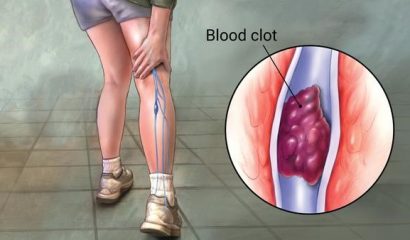

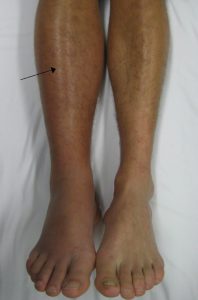
Complete procedure is performed through the small pinhole without need of any cuts/sutures and without need of general or spinal anesthesia.
Most of the patients could not receive such treatment due to lack of adequate knowledge or availability of expert care in their region. If the condition is not identified correctly at right time and clots are not removed from legs and there is a possibility of clot towards heart and lung, condition called as pulmonary embolism and this can be life threatening.
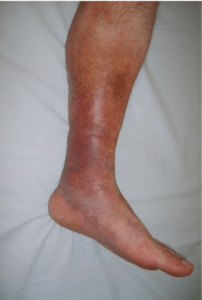
After about 2-3 weeks clot becomes hard and hence clot removal becomes difficult. Failure to do so patient is at high risk of developing post thrombotic syndrome (PTS). In this condition patient develops thick skin with pigmentation in affected leg, varicose veins and sometimes ulcers which are difficult to treat.
Hence Dr. Prashant Pote urges patients to seek advanced treatment remove the clots in the body as early as possible.
BOOK AN APPOINTMENT
To book an appointment, simply fill out the online form, and we’ll take care of the rest!
Interesting and Important Facts
about Deep vein thrombosis (DVT)How to identify if patient is suffering from DVT
Sudden onset affected leg swelling
Pain in calf, more on compression
Raised skin temperature. Can also look somewhat red
COVID 19 and DVT
COVID 19 infection raises blood clotting tendency, thus now a days there is high risk of developing DVT in patients with severe COVID infection
Are you at risk of DVT?
DVT happens due to blood cells that stick together in deep vein, causing a blood clot.
Some of the risk factors are:
Immobility
Diet
Family History
Lifestyle
Birth Control Use
Genetics

What are the possible complications of not receiving timely and best treatment?



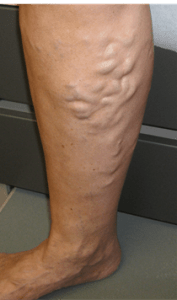
What are the treatment options available?
There are several approaches to treat DVT blood clots, including minimally invasive interventional treatments and standard old therapies such as blood thinners and compression stockings. While medications and compression socks are right for many patients, they don’t actually remove or dissolve the clot.
Routine/Standard Treatment Method:
Doctors who are not specialised in these minimally invasive interventions often tend to treat the patient with combination blood thinner therapy. It works for some patients (where blood clots are limited to leg veins and not extending into the abdominal/pelvic large veins) but the rest have to take up medication for long time may be years and some of them also develops complications of post thrombotic syndrome as shows in above images.
How does Advanced Interventional Radiology treatment help patients with DVT?
In this treatment leg vein in accessed with small (pinhole) and a catheter is passed into the occluded veins. With the help of catheter and wire thrombus is then broken into the smaller fragments and then aspirated with help of special aspiration catheter and pump. In this way attempt is made to aspirate as much as possible thrombus out of body. This is followed by putting a catheter having multiple side holes which then delivers the clot buster medication directly at the clot. Most of the Doctors who are not trained in CDT are afraid of the method and hence patients are not given the option of CDT.
Ultimate aim of treatment is to remove as much as clot possible, avoid damage to valves of vein and thus prevent the post thrombotic syndrome.
Dr. Prashant Pote offers "Catheter Directed Pharmaco-Mechanical Thrombolysis & Thromboaspiration".
It must be remembered that complete procedure is done through a small hole in vein, which is about size of pencil tip. It does not requires any sutures and hence no scar mark.
Another important thing is that procedure is done under local anaesthesia, at the site of vessel entry site. Thus during procedure patient can communicate with doctor and relax.
IVC Filter placement in DVT:
It is a metal net line device which is placed in IVC (big vein of abdomen) and catches any large thrombus going into heart or lung. Thus it prevents from potentially serious and life threatening pulmonary embolism. IVC filter are intended to you when there is high risk with clot dissolving therapy alone or clot dissolving therapy cannot be administered.
Patient with recently diagnosed acute deep vein thrombosis should visit the specialist to assess the risk and to get the best possible treatment from trained Interventional Radiologist.
